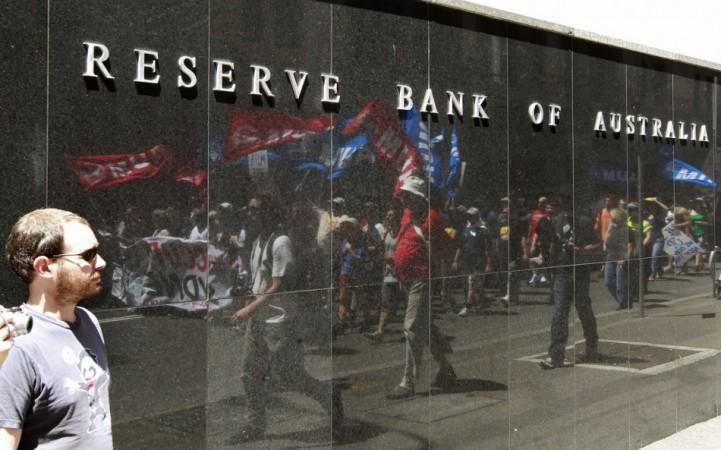
Lower funding costs would allow the big four to cut interest rates on loans in April, while still protecting their profits, analysts said on Friday.
Bell Potter Securities banking analyst TS Lim told AAP that there is a case for a cut this time around. He cited the Commonwealth Bank briefing on Monday which stated that its transfer pricing curve used to price loans based on funding costs have room to lower the rates, but he observed the bank is not in a hurry to do so.
He estimated banks' funding costs to have gone down by about 80 basis points since January due to a thaw in offshore wholesale debt markets.
JP Morgan banking analyst Scott Manning added that yields demanded by bond investors have gone down with banks facing just a one or two basis point headwind on their profit margins a year. Mr. Manning pointed out that with these developments, banks could argue for out-of-cycle rate increases made independently of the Reserve Bank of Australia (RBA) of just 5 to 10 basis points in the next 12 months, depending on deposit rates.
He stressed there is less of a case for out-of-cycle rate hikes now compared to when lenders decided in February to hike rates despite the RBA keeping the current overnight cash rate of 4.25 percent.
However, some analysts believe the banks would rather keep their current interest rates.
Nomura Australia analyst Victor German told AAP that banks would likely wait and see for the next three months and monitor first developments in credit markets, deposit flows and the RBA's position before they make a decision on bank rates.
However, the analysts believe that if the RBA would make a rate cut, the lenders would like again not follow the Australian central bank's policy direction.
"Although banks should, in theory, pass on the entire benefit to their customers, there are some residual costs that they will have to absorb and their margins will be under pressure," Mr. German explained.
He agreed with CBA Chief Executive Ian Narev's claim that due to higher lending costs the banks had to write new mortgages at a loss for a brief period in January. However, he said the big four would continue to take a 20 percent return on capital invested, which is a measure of profit, from mortgages. Mr. German added the 20 percent could even go up to 30 percent if funding costs go back to 2011 levels.
Nomura estimates a one percent increase in earnings by the big four and their margins would expand by one to two basis points for every five basis points it adjusts upward by a standard variable rate on mortgages.
The RBA board is slated to meet on Tuesday to discuss the direction of the overnight cash rate. At its latest report on the stability of Australia's financial system, the central bank pointed out that mining and business conditions were strong, but other industries such as retail, manufacturing, construction and tourism were facing headwind.
The report are indicators of an RBA rate cut which caused shares to close Thursday at the highest level in five months. The benchmark S&P/ASX 200 closed up 42.2 points or 0.98 per cent at 4343.5 which is its highest close since Nov 9. It is an improvement from Tuesday's close of 4300.
Another trigger to an RBA overnight cash rate reduction could be the new jobs data released by the Australian Bureau of Statistics. The report said number of job vacancies dropped in February to 28.8 vacancies for every 100 people officially unemployed. Twelve months ago, the vacancies were at 31.5 vacancies.








